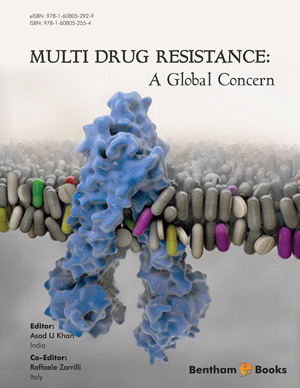Abstract
Antibiotic resistance in bacteria is an increasing problem worldwide. Bacteria are challenging the scientists with a hard-hitting weapon called as ‘Extended Spectrum Beta Lactamases’ (ESBLs). Now, CTX-M enzymes have become the most prevalent beta-lactamases found in clinical isolates, leaving behind the TEM and SHV types. Organisms that produce both an ESBL and a carbapenemase may become resistant to virtually all β-lactams, leading to therapeutic dead-ends. Structural studies of ESBLs indicate that active site expansion and remodeling are responsible for this extended hydrolytic activity. Continuing questions still exist regarding the optimal detection method for ESBLs. Presently, the therapy relies on β-lactam/ β-lactamases inhibitor combinations, carbapenems and piperacillin - tazobactam plus aminoglycoside combination. In light of the emergence of carbapenemases, the presumed status of carbapenems as the therapy of choice against ESBL-producing pathogens is in question. Moreover, this review explores CTX-M, the most prevalent ESBL at molecular level so that the reader may appreciate “structure-function relationships” in these enzymes.
Keywords: ESBL, CTX-M, carbapenems resistance, MDR, enterobactericea., TEM, SHV, MBL






















